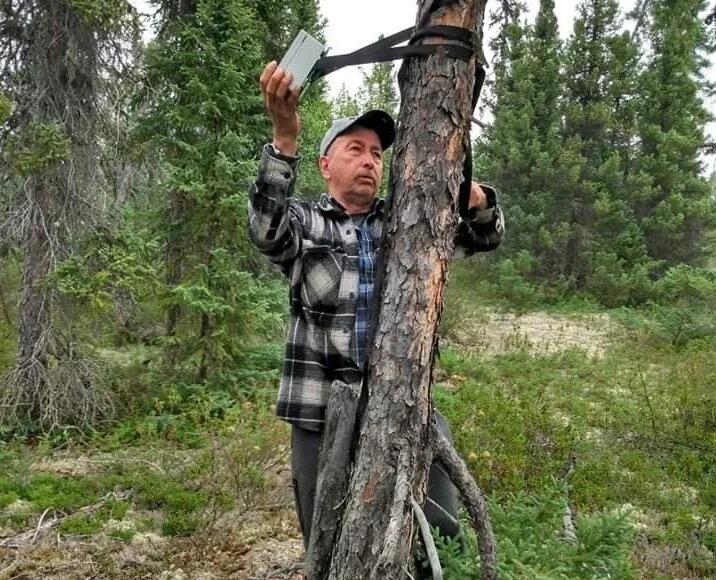As climate change and biodiversity loss approach a critical point, the Seal River Watershed offers a gift: an opportunity to sustain healthy lands at a sweeping scale. When finalised, the Indigenous Protected Area will be the largest land-based protected area in Canada. It will also support a new model of conservation – one led by and for Indigenous Nations – and contribute to global efforts to sustain biodiversity. It will ensure that habitats and peoples thrive, and thousands of caribou, millions of migratory birds and more are abundant for generations to come.
Read MoreWith the arrival of autumn, between 3 billion to 5 billion birds are preparing to travel from their nesting grounds in the Boreal Forest in Canada to wintering grounds thousands of miles away. This fall is also when the UN Biodiversity Conference, or COP16, will be held in Cali, Colombia. Migrating birds remind us of the interconnectedness of nature, and they link Canada and Colombia–two seemingly disparate places–through their life cycles.
Read More“This is the largest federal investment in Indigenous-led stewardship to date, and we welcome the Government of Canada’s commitment to partnering with Indigenous Nations on conservation and stewardship,” said Valérie Courtois, the Director of the Indigenous Leadership Initiative.
Read MoreAudubon and the Seal River Watershed Alliance, an Indigenous non-profit coalition, have worked together to record the sounds of a critical bird breeding area.
Read MoreDr. David Schindler was a giant among the academic scientific community. He was a fearless communicator of truth to power, speaking honestly and passionately about what science was telling us about the state of the environment and what needed to be done to ensure a healthier and more equitable world.
Read MoreBoldly yet delicately colored in swaths of yellow, salmon, frost white, or raspberry, the beauty of winter finches is a welcomed sight to what is often a pallid landscape across the northern tier of the United States. We are transfixed by their annual movements, particularly their incredible irruptions outside of their expected ranges, in search of food. There is no question about it, winter finches are both beautiful and wild. It is their very essence.
Read MoreAcross much of the U.S. and Canada birders are participating in getting a late winter snapshot of the status of birds. Started more than twenty years ago by Audubon and the Cornell Lab of Ornithology and joined by Birds Canada in 2009, the Great Backyard Bird Count invites bird enthusiasts of all kinds to count birds anywhere from February 12-15.
Read MoreAs so many of us find ourselves staying at or near home for an extended period, perhaps you can find comfort in watching for or learning about the birds migrating through this spring.
Read More
Billions of these birds are headed to Canada’s Boreal Forest. Sustaining boreal nesting grounds ensures these waves of birds will continue washing over the hemisphere for generations to come.
Read More








